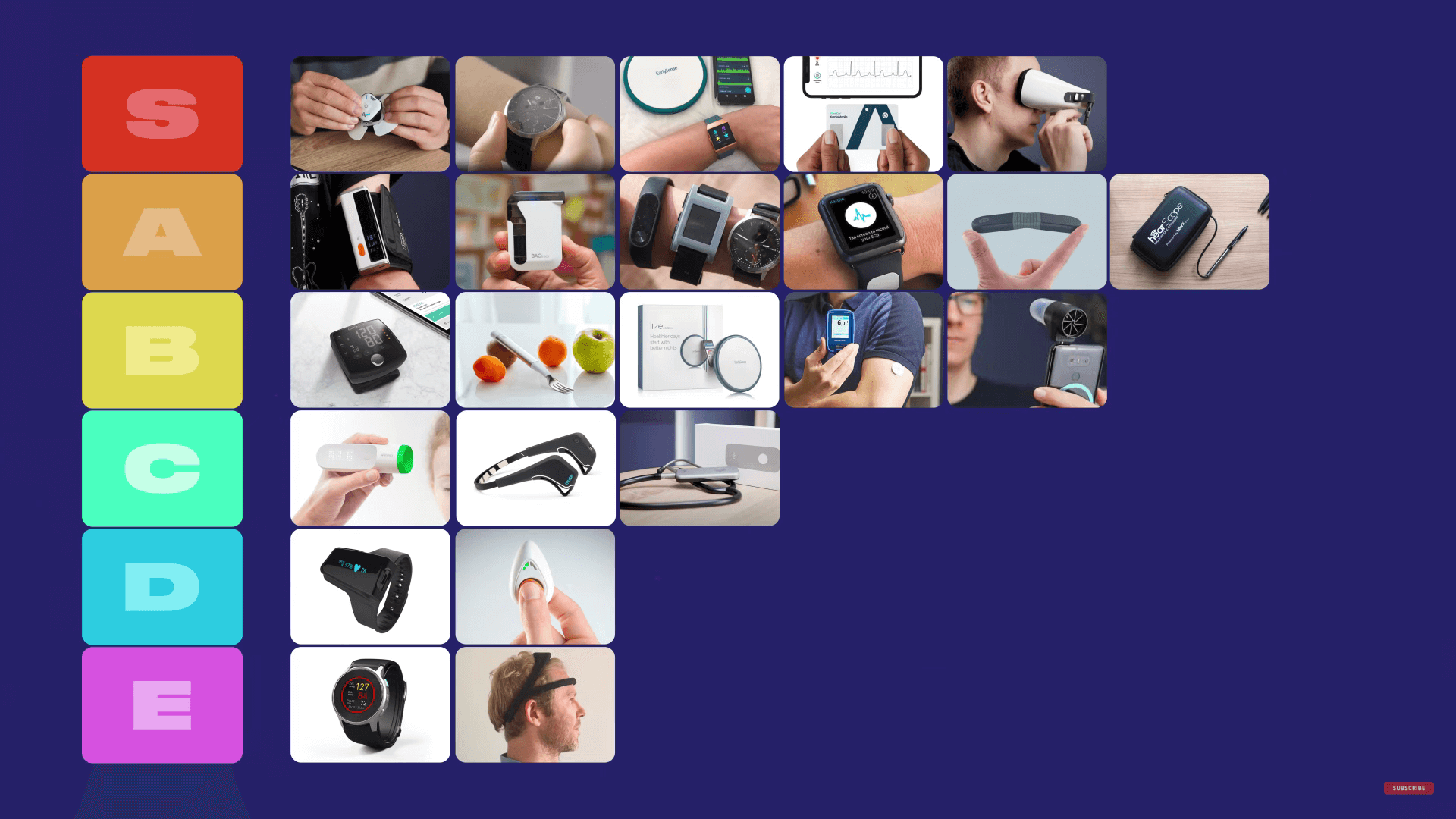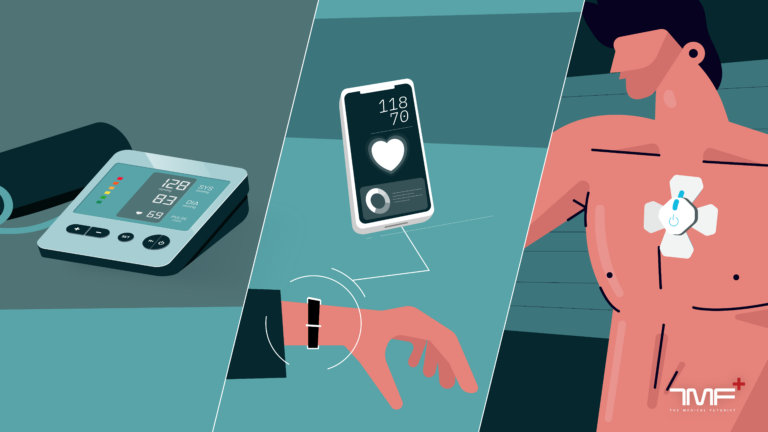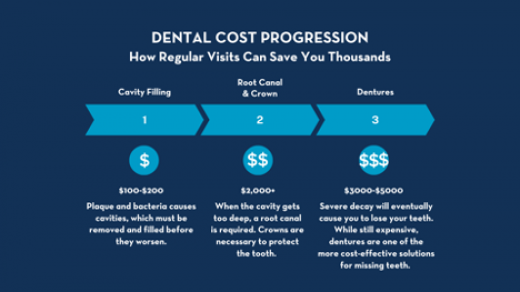I don’t know about you, but I’m a great fan of tier lists – should they be about the nutritional value of vegetables or the relative strength of Terraforming Mars Preludes. So I was more than happy we decided to create the tier list of digital health devices. The Medical Futurist evaluated 23 digital health technologies and places them in their respective tiers. You can watch the video on our YouTube channel.
Based on the video, here is a sneak peek at how to categorize digital health devices – or rather technologies. Let’s see how practical is the given device/technology for the measurement of a given health parameter or vital sign.
So it’s important that we are not declaring whether X manufacturer’s smartwatch is better than Y’s. While I’m sure that would also be quite a popular idea, usefulness is so subjective that you need to do your own research to find your own best device.
On the other hand, you can be somewhat objective and decide whether X method is practical or not for Y purpose.
Dr. Mesko used the following categories in the video, so let’s stick with these:
- S Superb
- A Great
- B Fine
- C Meh
- D Bad
- E Never again
Here we go! Below you will find the full list and an example from each tier explaining why the given device was placed in the respective category.
The tier list

S tier
- PPG blood pressure patches
- Continuous heart rate monitoring via smartwatches
- Smart sleep alarm
- ECG in hand
- At-home vision test
A tier
- Blood pressure measurement on the upper arm
- Blood alcohol check at home
- Fitness tracking
- ECG on a smartwatch
- Comfortable continuous ECG monitoring on the chest
- Smart otoscope for home use
- Smart peak flow meter for asthma patients
B tier
- Blood pressure measurement on the wrist
- Smart utensil
- Sleep quality under the mattress
- Wearable 4/7 glucose sensors
C tier
- Body thermometer
- EEG headband
- Listening to heart and lung sounds
D tier
- Oxygen saturation
- Galvanic skin response
E tier
- Blood pressure measurement on a smartwatch
- Sleep headband
Let’s see a few examples from the list
Blood pressure measurement on chest – S tier
We have long been waiting for a 24-hour bp measurement that is so comfortable that it goes unnoticed. The BioBeat was the first-of-a-kind experience in this sense, no bulky box, no pumping of cuffs, no annoying beeps – indeed a game-changer.

Blood alcohol checking at home – A tier
Not your typical digital health device, but a highly useful one, especially if your country has low or zero tolerance for driving. Checking blood alcohol levels was once the privilege of cops and medical labs, but these days we all can do that – and this could be great after a dinner party.
Sleep quality sensor under the mattress – B tier
Some 10 years ago these sensors were your only chance to gather insights about sleep quality. These days most of these sensors work in tandem with your phone and/or smartwatch and thus provide you with more detailed data. However, if you only had the chance to keep one of your devices, and had to choose between the under-mattress sensor and your smartwatch…
Listening to heart and lung sounds – C tier
Now, this is an interesting one. Many smart stethoscopes are S-tier medical devices, they come with ECG, they offer AI support in data analysis and so on. But these are designed for medical professionals. Meanwhile, heart and lung sounds are health parameters that could – and probably should – be measured with digital health devices, and there could be user-friendly ways to offer these features. However, we are not there yet, and from the digital health device angle, this is not yet solved.
Digital health device for measuring oxygen saturation – D tier
We have had devices measuring saturation for decades, and they work well. They became so widespread that you can often find these gadgets at home, they are not for hospital use anymore. On top of this, saturation measurement already finds its way into our already existing wearables, into smartwatches, and fitness trackers. Thus dedicating a standalone digital health device to sharing data about your oxygen saturation seems pointless.
Sleep headband – E Tier
Ugly, uncomfortable, and has a green light that keeps your spouse awake – but at least it provided extremely joyful moments to Iza, Dr. Mesko’s wife. This is a never-again device.
What’s the point of tier lists?
Creating these lists might not change the world, but it has its benefits. Overviewing these segments from a structured point of view might not only help us, users but also developers to find grips on delivering practical methods for health measurements. Which, in turn, can assist us both in everyday health management and rare health crisis situations.
Early digital health devices were often examples of the “just because we can” attitude, which is, of course, trivial in an industry just inventing brand-new technologies. As methods and technologies mature, ideally, devices start to become more refined, reflecting on user feedback.
The post The Ultimate Tier List Of Digital Health Technologies appeared first on The Medical Futurist.


